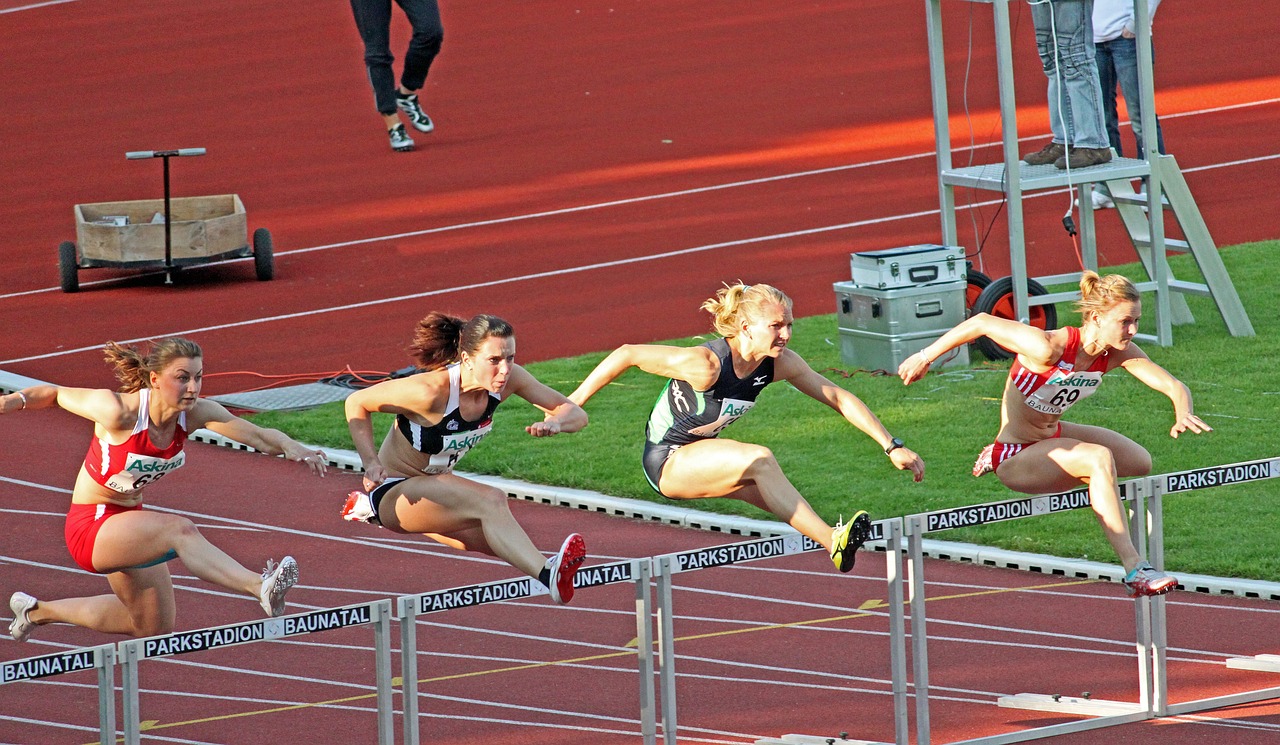Reaction: International Athletics Federation bans transgender athletes from competing in women's competitions
The International Athletics Federation has decided to ban transgender athletes who have transitioned after puberty from participating in international women's competitions. Although there are currently no trans athletes competing on the international circuit, the Federation "decided to prioritise the fairness and integrity of women's competition before inclusion", according to the statement issued. At a press conference, its president, Sebastian Coe, said: "We will be guided by the science that will inevitably develop in the coming years around physical performance and male advantage. As more evidence becomes available, we will review our position.

Antonio Guillamón - atletas trans EN
Antonio Guillamón Fernández
Professor emeritus of Psychobiology
The participation of transgender women in sporting competitions is a complex issue that is not just about testosterone. To understand it, two axes need to be taken into account. First, when and how testosterone acts and, second, the age of onset of gender dysphoria.
In the normative sexual development of an XY subject, testosterone acts in a triphasic way: during the 8-10 weeks of gestation, after birth, the first 3-6 months of life, which is called mini-puberty, and continuously from puberty onwards (approximately 11 years of age). What does testosterone do in the first two phases? Epigenetic effects, marking DNA, silencing and activating genes for life. It also differentiates (along with other hormones) the male reproductive system and genitalia. In short, it organises all body tissues, including the brain, in the male direction. At puberty, the function of testosterone is to activate the tissues it has previously differentiated.
Regarding the second axis, it should be noted that gender dysphoria can arise during childhood, before puberty or after puberty, known as early or late onset gender dysphoria. It is clear that late-onset transgender women, who have gone through all three phases, have experienced all the organising and activating effects of testosterone. That is why the International Athletics Federation bans them from competition even if their testosterone levels decrease.
What about transgender women who expressed gender dysphoria during childhood? Generally, in these cases, what are colloquially called puberty blockers, which are gonadotropin-releasing hormone agonists or antagonists, are usually administered. The aim is to slow down testicular function and thus puberty. In this way, male sexual differentiation is prevented from increasing gender dysphoria, and the girl is also given time to decide, once she has reached the legal age, whether to apply for gender affirming hormone treatment, consisting of the administration of oestradiol and an anti-androgen, and surgical sex reassignment (vaginoplasty). These girls have gone through the first and second phases of testosterone action and we do not know the masculinising effects that left their mark on the skeletal, muscular and metabolic systems, and their interaction with physical exercise and the type of sport practiced during childhood.
Ultimately, the issue is not just the levels of testosterone that can be allowed without affecting fairness in competition, which is being discussed by several federations, but the responsiveness of tissues to low levels of testosterone. This would be the final piece to close the puzzle.
Finally, it is necessary to arbitrate inclusive rules, but they have to be studied slowly and use current knowledge (which is extensive) on the action of androgens, and this should be done by each sports federation. If we do not act prudently and on the basis of what we know, decisions will turn against inclusion.
Atletismo trans - Miguel del Valle
Miguel del Valle Soto
President of the Spanish Society of Sports Medicine (SEMED), professor of the Faculty of Medicine, School of Sports Medicine, University of Oviedo.
In principle I agree with the decision to ban the participation of transsexuals in athletics competitions because one person's rights end when they interfere with those of others and in the case of competitive sport (they are professionals who make their living from sport) something like this can happen if it is not analysed and dealt with in depth. Controls need to be put in place.
Elite sport has to reconcile the right to identity and non-discrimination of sportswomen and fair play, understood as equal opportunities for the participants. Some transgender sportswomen have physical superiority that puts their female teammates at a disadvantage. The integrity of the competition, understood as the equality of the participants, must be ensured.
The key is the testosterone level, which is much higher in men (30-120 ng/mL in men and less than 10 in women) and is the criterion to be taken into account, although other parameters could also be considered. Hormonal treatment is necessary to modify some male characteristics.
On the other hand, it is necessary to take into account the integration of all those who feel they are women and to consider the right of trans women to compete as women. It is probably only fair that they should be able to compete once they have completed their gender transition. It is not the same for an athlete who became trans as a teenager as it is if she changes sex in full competition and without interrupting training (transitioning in full competition).
We must study each case on a case-by-case basis so that there is no disproportion. Not all trans women compete with an advantage.



